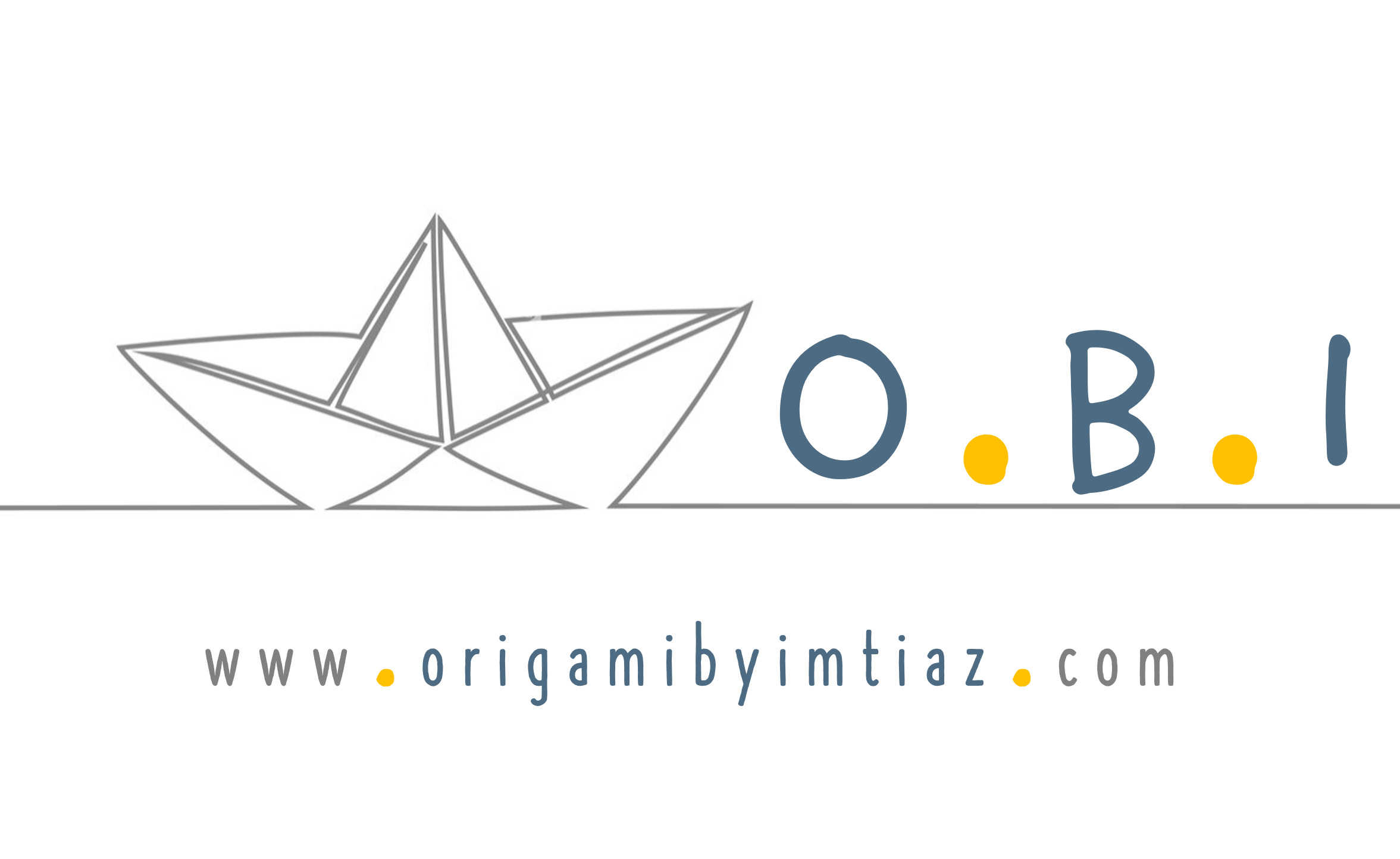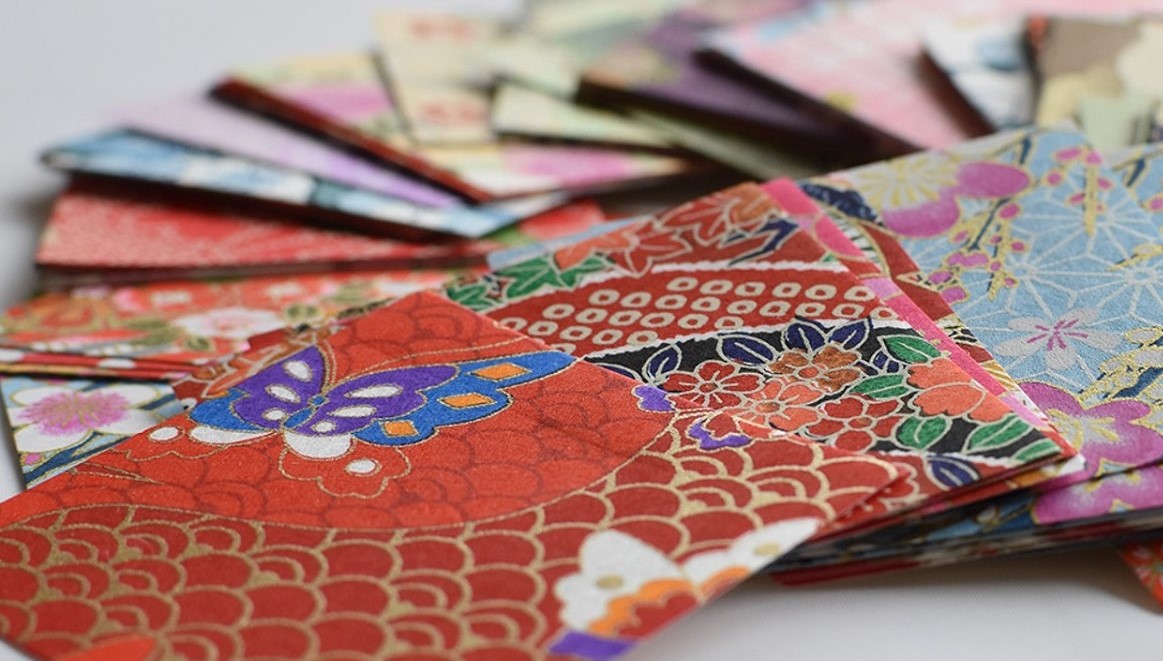Origami became a prominent art form in Japan from as early as 1490 and then gradually spread all over the world.
You cannot talk about the history of origami without the story of Sadako Sasaki. Sadako was a Japanese girl living in Hiroshima when the atomic bomb was dropped on Japan in 1945.
In 1955, at age 11, Sadako was diagnosed with leukemia, a type of cancer caused by the atomic bomb. While in the hospital, Sadako started to fold paper cranes. In Japan, there is a belief that if you folded 1000 paper cranes, then your wish would come true. Sadako spend 14 months in the hospital, folding paper cranes with whatever paper she could get from medicine bottles, candy wrappers, and left over gift wrap paper.
Her wish was that she would get well again, and to attain peace & healing to the victims of the world.
Sadako died on October 25, 1955, she was 12 years old and had folded over 1300 paper cranes. Although Sadako died at a very young age, her legacy continues. To this day, the paper crane is probably the most recognized origami model and is often given as a wish for peace.

